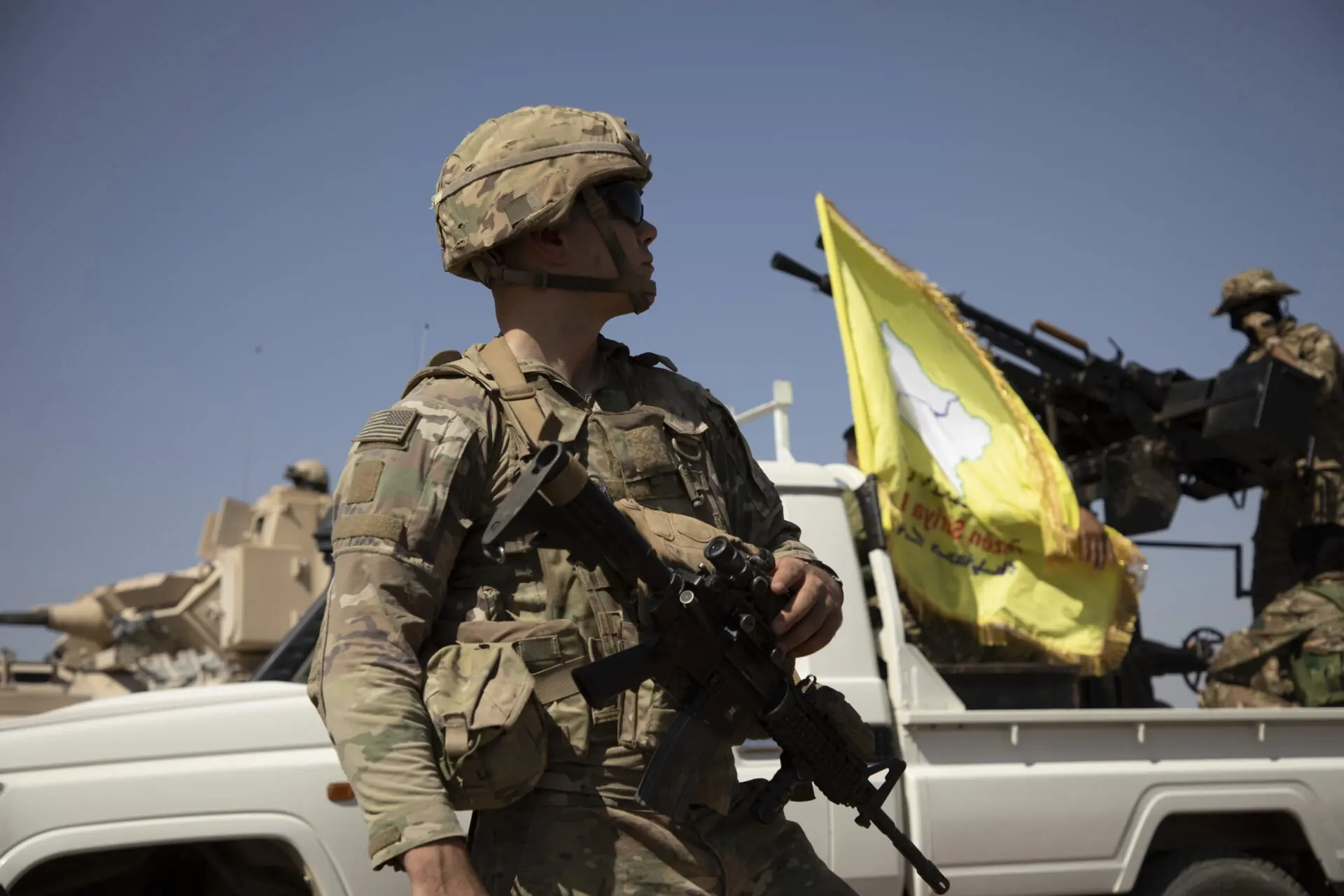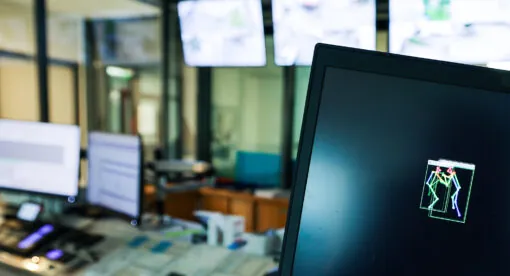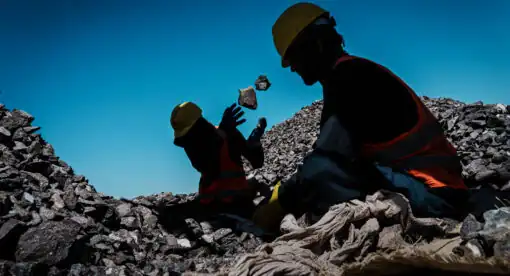Read the report here
U.S. state-building in northeastern Syria through Combined Joint Task Force–Operation Inherent Resolve (CJTF-OIR) has centered on its partnership with the Syrian Democratic Forces (SDF) and the Democratic Autonomous Administration of North and East Syria (DAANES). Focused on defeating the Islamic State and promoting stabilization, the mission has achieved notable gains in security and localized governance.
The mission is entering a transitional phase. The U.S. has reduced its presence from 2,000 to 500 troops in early 2025, as Washington normalizes relations with the new Syrian government. Military bases in Deir ez-Zor province are closing with sites in Raqqah and Hasakah set to follow. Evaluating the SDF’s ability to sustain security and governance without continued U.S. support is critical, particularly amid plans to integrate the SDF into a reconstituted Syrian Army.
CJTF-OIR still faces critical challenges: persistent ethnic and tribal tensions; underdeveloped institutions in Arab-majority areas; geopolitical constraints; and lack of international recognition for the DAANES. An Islamic State resurgence and absence of a long-term U.S strategy compound risk. Failure by the SDF could reverse gains, create a security vacuum, and enable extremist reemergence, undermining regional counterterrorism and efforts to contain Iran.
The views expressed in this article are those of the author and not an official policy or position of New Lines Institute.






